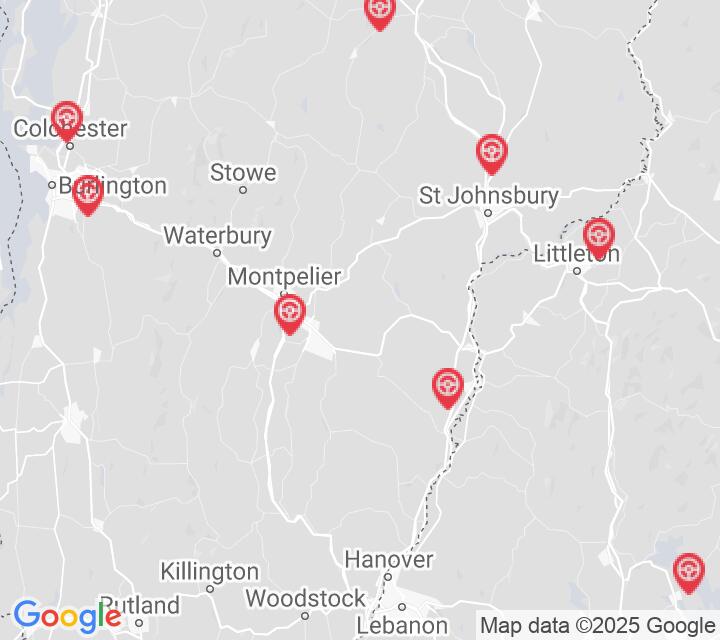2026 Vermont Motorcycle Permit Test 7
The following questions are from real DMV written motorcycle permit tests. These are some of the actual permit questions you will face in Vermont when getting your motorcycle learners permit. Each motorcycle theory practice test question has three answer choices. Select one answer for each question and select "grade this section." You can find this button at the bottom of the drivers license quiz. For a complete list of questions and answers for Vermont please visit https://cheat-sheets.dmv-written-test.com/en/vermont/motorcycle.
Number of Tests
Number of Question
Passing Score
19. If your friend has been drinking alcohol, it is a good idea to do any of the following, except:
Explanation
There are several strategies you can use to prevent someone from riding their motorcycle while impaired. You can arrange another way for them to get home, involve them in other activities to slow the pace of their drinking, use any available excuse to stop them from leaving before they are sober, and get other friends involved to intervene as a group.
20. When riding downhill or shifting into first gear, you may need to:
Explanation
Before shifting into a lower gear, make sure you are riding slowly enough to shift safely. Downshifting while going too fast may cause the motorcycle to lurch and the rear wheel to skid. When riding downhill or shifting into first gear, you may need to use the brakes to slow to a safe speed before downshifting.
21. To control a motorcycle properly, you should:
Explanation
When riding, sit so you are able use your arms to control the motorcycle rather than to hold yourself up. Your arms should be slightly bent when you are holding the handle grips. To help maintain your balance, keep your knees against the gas tank and your feet firmly on the footrests.
22. To be effective, eye or face shield protection must be all of the following, except:
Explanation
To be effective, an eye or face shield must be free of scratches; be resistant to penetration; allow clear views to both sides; fasten securely; permit air to pass through to prevent fogging; and allow room for eyeglasses or sunglasses, if needed.
23. A rectangular sign may be a:
Explanation
Signs informing road users of road regulations, such as speed limits, are normally rectangular and colored white with black lettering or symbols. Riders must follow the rules posted on these regulatory signs.
24. When carrying a passenger in a sidecar, you should:
Explanation
The added weight of a passenger in a sidecar will affect the handling of your motorcycle. Expect your motorcycle to require extra space to come to a complete stop.
25. Which type of sign is yellow with black lettering or symbols?
Explanation


